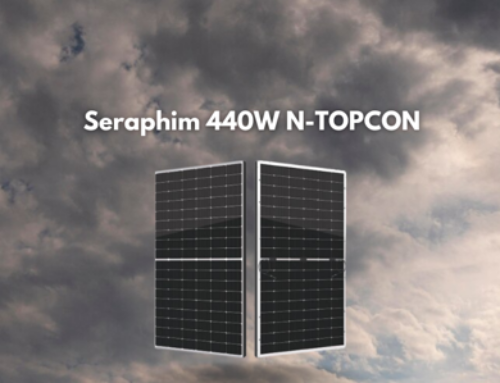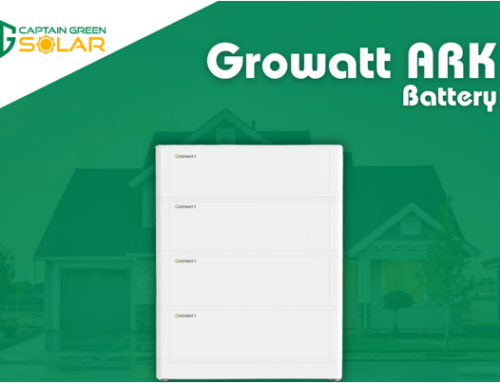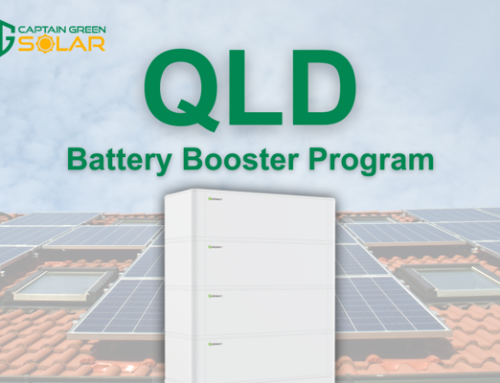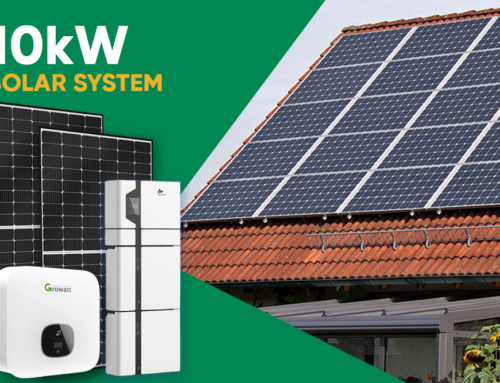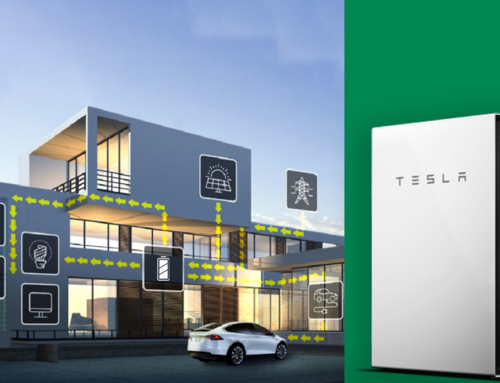As the energy market in Australia continues to change and evolve at a rapid pace, we’re seeing the inevitable rise of the virtual power plant (VPP). This decentralised energy control and distribution technology could revolutionise the way we generate and access power in the future. But what is a virtual power plant? And how does a virtual power plant work?
What Is a Virtual Power Plant?
A virtual power plant is essentially a network of distributed energy resources, all connected using cloud technology. While each energy resource, for example, each solar battery in a network remains independent of the others, all the assets communicate through a central control room – the virtual power plant (VPP). This could be any number of things, such as a connected system of solar battery storage solutions, or even a network of homes with solar panels. While the technology is still relatively new, Australia is adopting the concept of VPPs quite quickly, along with parts of Europe and the USA.
In very simple terms, VPPs allow for better, smarter and more economical distribution of energy resources throughout the network. However, there are benefits for the main electricity grid too. Essentially, a VPP aims to harness the capabilities of energy resources to create better, cleaner energy production, while also allowing resources to be sold on the energy market.
What Is the Goal of a Virtual Power Plant?
One of the main goals of a virtual power plant is to use smart technology to distribute energy resources better. While doing this, a VPP also relieves some of the main electricity grid’s load and decreases the reliance on it. In this sense, the energy produced by the distributed energy resources in a VPP can be traded on the energy market.
Because a VPP links several resources together, it works much in the way a traditional power plant does, by generating power and sending it where it’s needed most. However, because the main focus of a VPP is renewable energy, the goal is also to decrease our reliance on fossil fuels while making energy cheaper, even in peak periods.
How Do Virtual Power Plants Work?
There are many ways a VPP can work, depending on the type of interconnected resources. In a relatively simple example, imagine there are ten nearby factories all producing energy through solar panels. Because the factories need different amounts of power at different times of day, they would ordinarily be at the mercy of the national energy grid if they weren’t producing enough solar to cover peak load times.
With a VPP, the solar energy produced by all ten factories is controlled through a centralised control system. Essentially, all the energy generated is pooled in one central place, to be delivered back to each factory as they need it. The VPP uses algorithms and a huge amount of data on weather, energy pricing and peak load requirements of all connected factories. This ensures that all the factories can power themselves completely on solar energy, never having to draw resources from the main grid.
This is just one example of how a VPP could work, but there are many other use cases. For example, several small-scale wind or solar farms could be interconnected, generating renewable energy that can be controlled by the VPP’s central monitoring system. The energy could be delivered to the main grid at peak times to reduce the price of energy.
Why Do We Need Virtual Power Plants?
Ultimately, we need VPPs because it’s a smarter way to manage renewable energy sources. Because much of Australia’s national electricity grid relies on coal-generated energy and other fossil fuels, there will come a time when these fuels run out. Or, the supply becomes so limited that electricity prices surge because of increased demand and limited supply.
A VPP harnesses the power generation and storage capabilities of several interconnected resources, essentially working like any other coal-burning power plant. Interestingly, there is also a case for VPPs being the disruption that the energy market needs. In theory, interconnected energy generation and storage resources could provide an opportunity for participating homes and businesses to free themselves from the national grid altogether.
Consider, for example, if all of the homes in your suburb with solar panels and battery storage solutions were connected to a central energy distributions centre (a VPP). All of the power generated and stored can be managed by a VPP. This means you would all share the power you produce, based on when you need it most. You’d never need to be signed up to a traditional electricity retailer to purchase energy from the main grid ever again.
Why Aren’t Virtual Power Plants Everywhere?
It sounds like amazing technology and a terrific way to decrease our reliance on fossil fuels while saving plenty of money. However, VPP technology is still quite new. There is still a considerable expense involved in setting up a VPP, due to the technology, equipment and software required.
In addition, the cost of solar energy equipment is still too high to make VPPs commercially viable. While the cost of solar panels and inverters has reduced dramatically, battery storage is still considered to be quite expensive. Because a VPP relies on being able to store and distribute energy, the battery component is the biggest expense at the moment.
Will We See More Virtual Power Plants in The Future?
The Australian Energy Market Operator (AEMO) has suggested that 2/3 of coal-fired power generation may be retired by 2040, and in fact almost 90% of our electricity needs could be met by renewable energy. This is going to require a robust system of generation facilities, storage options and of course, power plants. So, considering the existing rise of VPPs, we can expect they will be a big part of our energy market in years to come.
Another aspect is the cost of solar panels in Australia and the cost of battery storage. Like any technology, the price of both will gradually decrease, but along with that, government subsidies supporting solar energy take-up may also disappear. So, people will look for new ways to maximise the return on their investment. Joining a VPP may be the perfect way to do that.
For the very best solar panels Australia has to offer, and the right advice to position your family for the future, talk to us at Captain Green. Our solar packages are suitable for all households, and we’d love to help you make the switch. Call us on 1300 361 682 today!


